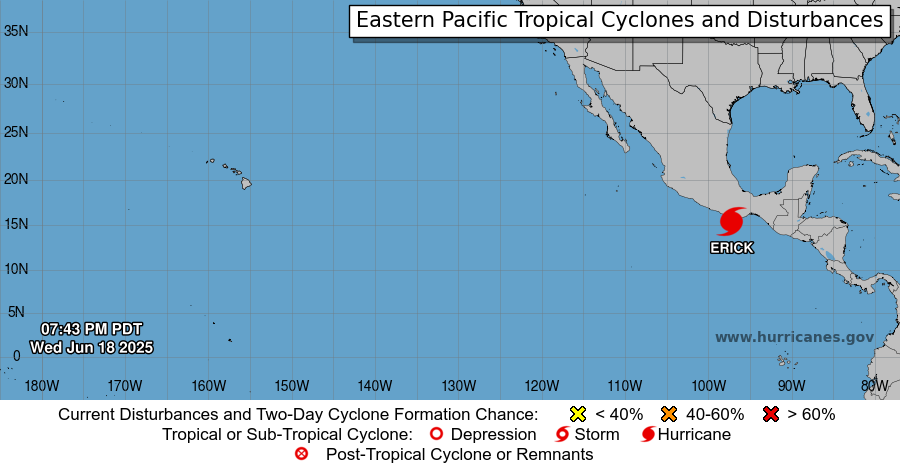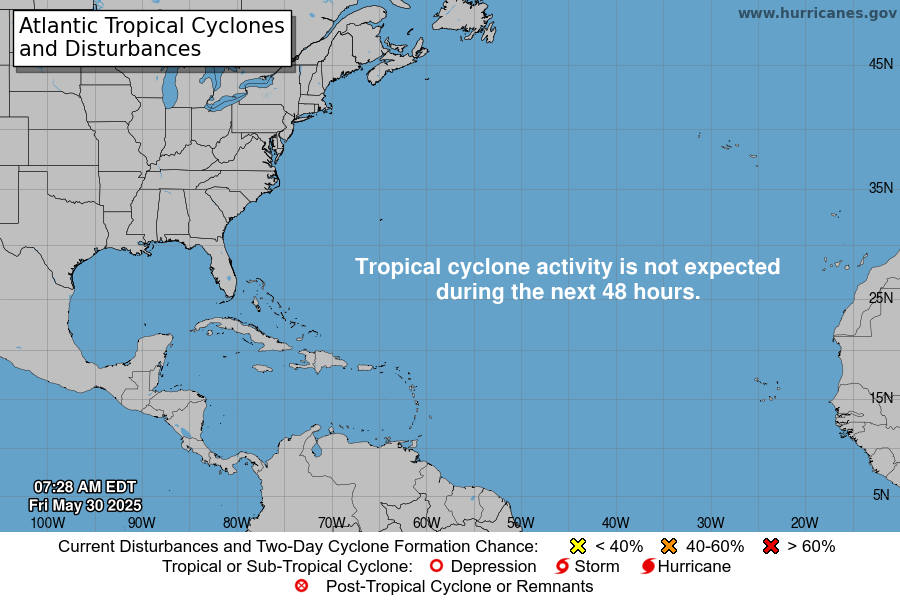Archive for September, 2016
Pakistan: 5 children including 2 siblings, died of reported diphtheria outbreak in Kul during the past 2 weeks while 12 more are fighting for their lives in Children Hospital Lahore.
Wednesday, September 21st, 2016In a complaint filed in federal court, Ahmad Khan Rahami was charged with several crimes, including the use of weapons of mass destruction and bombing a place of public use, in the weekend bombings in New York and New Jersey.
Wednesday, September 21st, 2016The Federal Charges: ChelseaBombing_Federal-Charges-Against-Rahami
“….The explosion propelled the more-than-100-pound dumpster more than 120 feet.
2. The blast shattered windows as far as approximately 400 feet from the detonation site and, vertically, more than three stories high…….
3. Fragmentation from the pressure cooker was recovered as far as approximately 650 feet from the detonation site.
4. In order to increase fragmentation, and thus likely to increase the lethality of the device, the bomb was packed with ball bearings and steel nuts, hundreds of which were recovered from the blast site.
ii. Approximately 31 people – including at least one national of a foreign state (the United Kingdom) suffered injuries from the 23rd Street Bomb.
1. These injuries included, among other things, lacerations to the face, abdomen, legs, and arms caused by flying glass; metal shrapnel and fragmentation embedded in skin and bone; and various head injuries.
2. At least one victim was hospitalized and had to have multiple ball bearings removed from her body, as well as metal fragmentation from her ear and wood shards from her neck.
3. At least one victim was knocked unconscious by the blast while driving in his car by the site of the bomb.
4. Another victim suffered a head injury when the blast hit the vehicle in which she was traveling…..”
A MERS-CoV Case in Austria
Wednesday, September 21st, 2016Middle East respiratory syndrome coronavirus (MERS-CoV) – Austria
On 8 September 2016 the National IHR Focal Point for Austria notified WHO of a laboratory confirmed case of Middle-East respiratory syndrome coronavirus (MERS-CoV) infection. This is the second case of MERS-CoV in Austria. (The first MERS-CoV case in Austria was notified on 30 September 2014).
Details of the case reported are as follows
The patient is a 67 year old male visitor from Saudi Arabia (citizen and resident) who arrived in Vienna, Austria on 4 September 2016. The onset of symptoms (fever and cough) was on 6 September. The patient, who has an underlying condition, was hospitalized with severe pneumonia on 7 September, and he is currently in isolation in critical condition.
MERS-CoV was confirmed on 8 September using real-time PCR (upE and ORF1b and N) by the reference laboratory in Vienna.
The patient, who is a camel breeder, has confirmed contact with camel livestock in Saudi Arabia in the 14 days prior to symptom onset. The case had no contact with healthcare centers in Saudi Arabia in the 14 days prior to symptom onset.
Public health response
The National IHR Focal Point for Saudi Arabia has been informed by WHO. National IHR focal points for Austria and Saudi Arabia have initiated investigation and tracing of contacts in both countries. In addition, in Saudi Arabia, the Ministry of Agriculture has been informed and investigation of camels is ongoing. The camels have been sampled and are under quarantine.
WHO Risk Assessment
Based on the current available information regarding this single case reported in Austria, there is a risk for serious public health impact given that MERS has caused severe human infections resulting in high case fatality rate and has demonstrated the ability to transmit between humans especially in health care settings with the potential to lead to large scale outbreaks. This risk assessment will be revised as additional information becomes available.
WHO advice
Based on the current situation and available information, WHO encourages all Member States to continue their surveillance for acute respiratory infections and to carefully review any unusual patterns.
Infection prevention and control measures are critical to prevent the possible spread of MERS-CoV in health care facilities. It is not always possible to identify patients with MERS-CoV early because like other respiratory infections, the early symptoms of MERS-CoV are non-specific. Therefore, health-care workers should always apply standard precautions consistently with all patients, regardless of their diagnosis. Droplet precautions should be added to the standard precautions when providing care to patients with symptoms of acute respiratory infection; contact precautions and eye protection should be added when caring for probable or confirmed cases of MERS-CoV infection; airborne precautions should be applied when performing aerosol generating procedures.
Until more is understood about MERS-CoV, people with diabetes, renal failure, chronic lung disease, and immunocompromised persons are considered to be at high risk of severe disease from MERS-CoV infection. Therefore, these people should avoid close contact with animals, particularly camels, when visiting farms, markets, or barn areas where the virus is known to be potentially circulating. General hygiene measures, such as regular hand washing before and after touching animals and avoiding contact with sick animals, should be adhered to.
Food hygiene practices should be observed. People should avoid drinking raw camel milk or camel urine, or eating meat that has not been properly cooked.
WHO does not advise special screening at points of entry with regard to this event nor does it currently recommend the application of any travel or trade restrictions.
Status of the Chelsea bombing victims
Monday, September 19th, 2016The breakdown:
The man believed to be responsible for the explosion in Manhattan on Saturday night and an earlier bombing in Jersey, Ahmad Khan Rahami, has been taken into custody.
Monday, September 19th, 2016The 23rd Street bomb was similar to a commercially available compound called Tannerite.
Monday, September 19th, 2016“….Tannerite is made by combining ammonium nitrate and aluminum powder, is frequently used in exploding targets at firearms ranges and has rarely been used in improvised explosive devices in the United States. But the materials are easy to buy in this country because each one on its own is not an explosive…..”
“….A bomb that injured 29 people on Saturday in the Chelsea neighborhood of Manhattan, and another that failed to detonate, were filled with shrapnel and made with pressure cookers, flip phones and Christmas lights to set off a powerful explosive compound….”
Monday, September 19th, 2016
“….investigators stopped a car on the Belt Parkway near the Verrazano-Narrows Bridge and took five people to an F.B.I. office in Manhattan for questioning in the bombing investigation…..”










